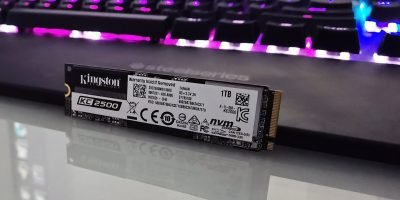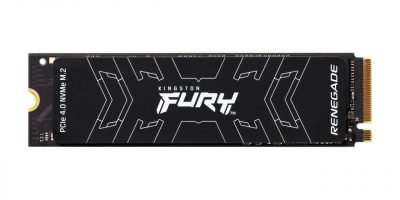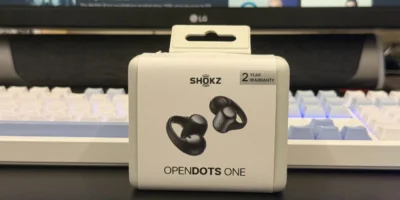Once dismissed as a flashy distraction, RGB lighting has become an unmistakable symbol of modern gaming. It’s no longer just about looks, it’s about identity, immersion, and control. In today’s gaming culture, light speaks volumes
This trend is especially visible in emerging gaming markets like the Middle East, where a growing community of gamers is embracing RGB setups as a form of personal and cultural expression. Gamers aren’t just building systems anymore, they’re crafting environments. The colors they choose, the way those colors move, pulse, or react to gameplay, all say something about who they are. For some, it’s about setting the mood. For others, it’s about repping a favorite esports team. And for many, it’s simply about creating a space that feels personal, alive, and responsive. With more than 16 million color combinations at their fingertips, the level of personalization is endless.
This evolution isn’t limited to a glowing keyboard or a few LEDs around a case fan. RGB lighting has become system wide. It spans from motherboards and GPUs to memory modules, cooling systems, and peripherals. Everything synchronizes, everything flows, and when done right, everything works in harmony. A good lighting setup doesn’t just glow, it unifies. It connects the entire rig in a way that feels seamless and intentional, transforming raw hardware into a cohesive experience.
At the heart of this transformation is technology that enables fine-tuned control. Addressable RGB (ARGB) has unlocked the ability to manipulate individual LEDs. This means no more static lighting or generic rainbow waves, now users can program lighting to react to music, simulate breathing effects, or bounce in time with in-game events. What used to be decoration is now an expression in motion.
In the Middle East, where esports stages are filling arenas and streaming culture is gaining serious momentum, this level of control has become essential for gamers eager to stand out and showcase their identity. The real engine behind this creative control lies in the software. Without it, RGB is just lights. With it, it becomes a storytelling tool. Platforms like Kingston’s FURY CTRL give users deep access to their lighting environments, letting them set color speeds, choose preset effects, and sync across multiple components with a few clicks. It’s not just customization; it’s choreography.
There’s also no longer a trade-off between style and performance. Kingston FURY proves that high-speed hardware can deliver both. It pushes data at blistering speeds while offering sleek, programmable lighting that synchronizes effortlessly thanks to Infrared Sync Technology. Power and polish no longer exist on separate sides of the spectrum.
That shift, from function-only builds to performance-meets-style rigs, mirrors a broader cultural change in gaming. Look at streamers, pro players, and creators: the aesthetic of their setups is now part of their brand, their identity, their content. Lighting has become an extension of who they are and how they connect with their audience.

Antoine Harb, Team Leader Middle East at Kingston Technology, captures it perfectly: “Gamers want systems that reflect who they are, while still delivering uncompromising performance. At Kingston, we see RGB as the perfect bridge between style and speed.”
And that’s really what it’s about. RGB isn’t just for show anymore, it’s part of the language of gaming. It brings immersion to life, builds community identity, enhances performance environments, and continues to drive innovation across the industry. Light is no longer a luxury. It’s a necessity. And for a generation of gamers, it’s how they make their setups not just powerful, but personal.










